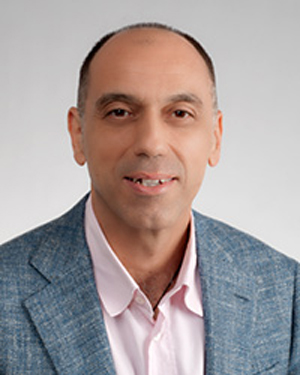*Microseismic SIG: Microseismicity in Texas, Part 1: Lessons learned from more than two years of seismicity... - Sep 5th

Complete Title: Microseismicity in Texas, Part 1: Lessons learned from more than two years of seismicity reported through TexNet for the state of Texas Sponsored by MicroSeismic Corporation
Event Location:
MicroSeismic
10777 Westheimer, Suite 110
Houston, TX 77042
NOTE: You Must be Logged In to Register.
Speaker: Dr. Alexandros Savvaidis, Texas Seismological Network (TexNet) and Center for Integrated Seismicity Research (CISR) at the Bureau of Economic Geology (BEG)
An increase in induced seismicity in the central U.S. since 2009 led to establishment of TexNet seismic-monitoring in Texas. Accurate, absolute seismic-event location is critical to TexNet, allowing association of seismicity with human activity. In order to achieve that, different velocity models and methods have been used to identify absolute locations. Following that a probabilistic association has been established between seismicity and oil and gas operations in part of West Texas. This study indicates that most of the earthquake activity is likely caused by hydraulic stimulation rather than salt water disposal.
(Note: Part 2 of this series will be presented at the Unconventional SIG meeting on Oct 3 at TGS)
Speaker Biography: Dr. Alexandros Savvaidis, Texas Seismological network (TexNet) and Center for Integrated Seismicity Research (CISR) at the Bureau of Economic Geology (BEG)
Dr Alexandros Savvaidis is the Manager of the Texas Seismological Network (TexNet) and Seismology Research Team Lead at the Center for Integrated Seismicity Research (CISR) at the Bureau of Economic Geology (BEG) at UT Austin. Dr Savvaidis has more than 20 years’ experience in Applied Geophysics and Seismology. Prior to joining the BEG, he held the position of Senior Researcher at the Institute of Seismology and Earthquake Engineering at Thessaloniki, Greece. From 2008 until 2015 he was managing the largest Seismographic Network in Greece, numbering 100 real time accelerometers and 150 offline installations. During his extensive career he coordinated several collaborations with academic and industrial partners in multidisciplinary European funded projects. During 2008 and 2012 he has been a visiting researcher at the University Joseph Fourier in Grenoble and University of Potsdam respectively.
THANK YOU TO OUR GENEROUS SPONSOR:
